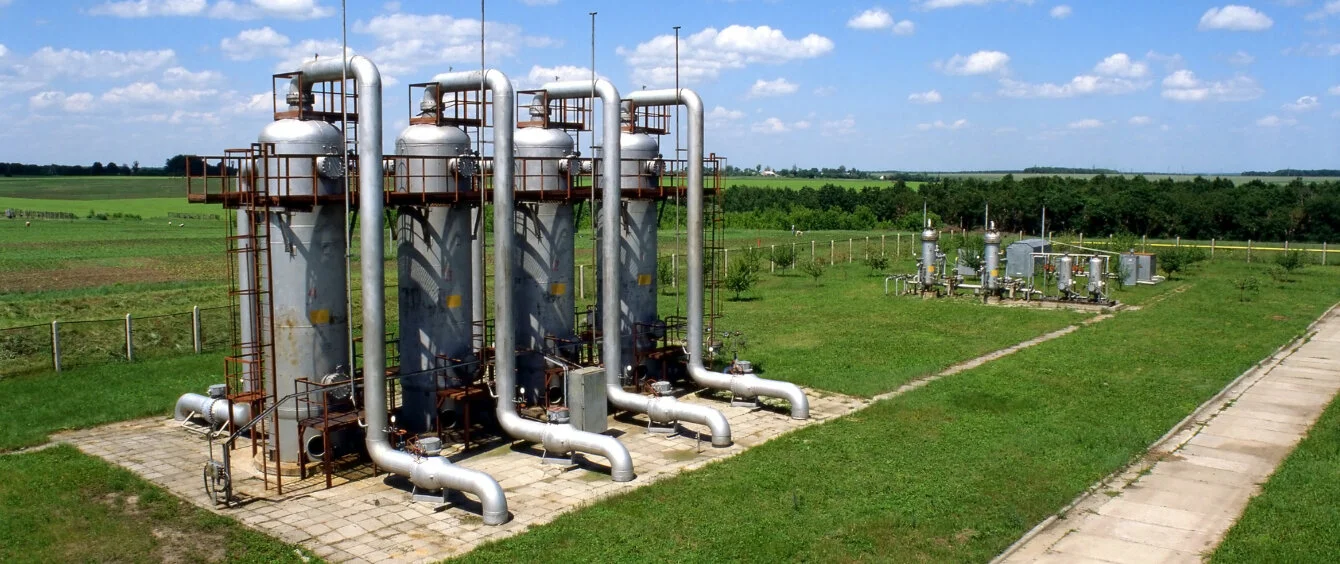Gasunie’s success is good news in respect of one of the keys to the energy transition. The Dutch gas network operator recently fed hydrogen into the Earth’s interior successfully at its site in Zuidwending, which is located east of Groningen. Tests for storing the chemical element with the symbol H in salt caverns can thus continue. Based on current plans, the first tanks will be operational in 2026.
Infrastructure is decisive
Industry-scale (subterranean) hydrogen storage is an indispensable element of the future energy mix. Large-scale interim storage is required to handle the imbalance of supply and demand, similar to green electricity. The hydrogen economy will not get off the ground without functioning infrastructure, which must definitely include depots. This is also the approach taken by the NortH2 project, in which both Gasunie and RWE are involved.
Placing gas and oil in salt caverns has long been an important part of energy supply in many industrial nations. “Thanks to their low cost and air-tight structure, salt caverns are the most promising proposition when it comes to large stores,” says Peter Kukla, Head of the Georesources Department at Fraunhofer IEG and Professor of Geology at RWTH Aachen. A study of the need for storage capacity in a future hydrogen economy by the European Gas Infrastructure Association has found that this also holds true for hydrogen.
Final decision in 2022
This positive outlook has now been confirmed by the experience made by Gasunie in Zuidwending where gas has been stored for over a decade. Hydrogen was fed into a borehole for research purposes. Both the effects of various pressure regimes as well as the suitability for hydrogen storage of materials and components used to store gas were explored. The findings were positive across the board. Further tests will follow. If they are also successful, the final decision to build an industry-scale hydrogen store in Zuidwending will probably be taken next year.
